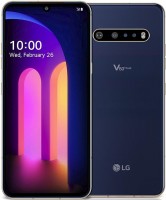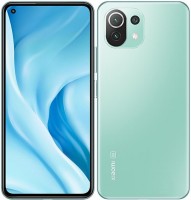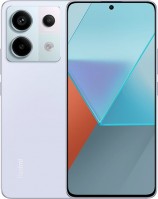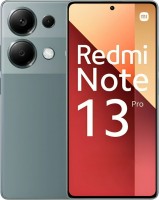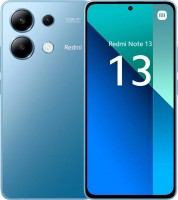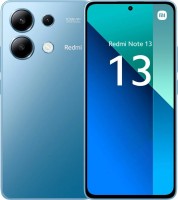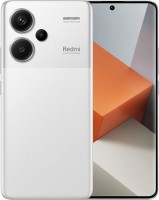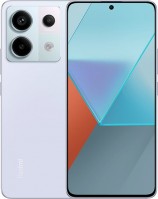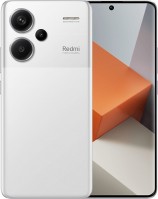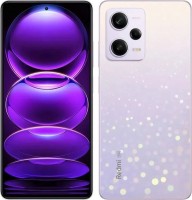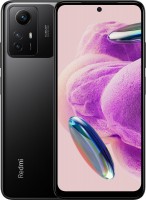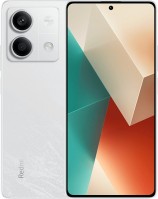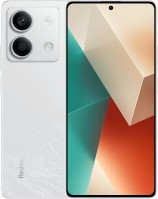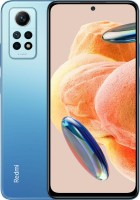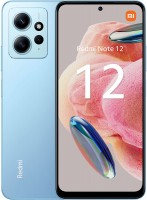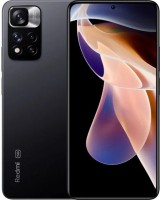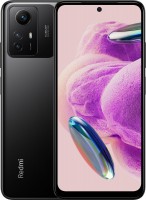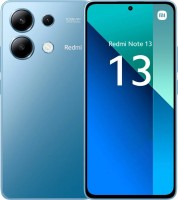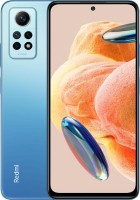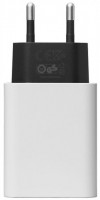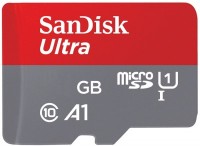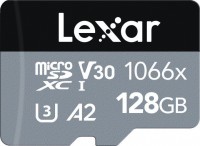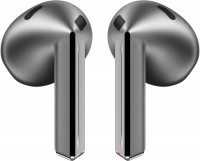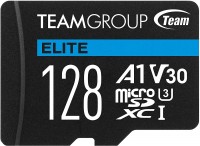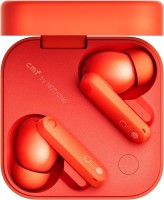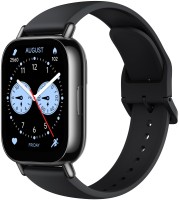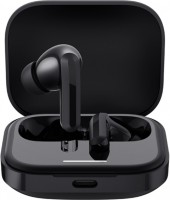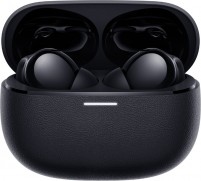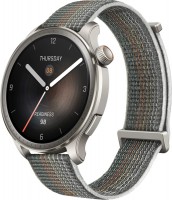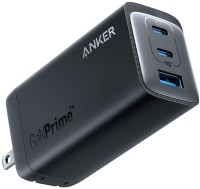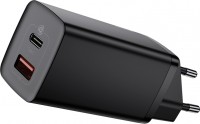Xiaomi Redmi Note 8 Pro 128 GB / 6 GB
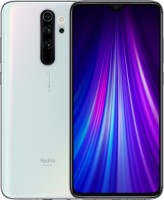 | Outdated Product £236.09 Main display: display ("): 6.53; screen resolution: 2340x1080 (19.5:9); Screen protectors: Gorilla Glass v5; Display-to-body ratio (%): 85; ОС: Android 11.0; CPU model: Mediatek Helio G90T; CPU (GHz): 2; GPU: ARM Mali-G76 MC4; RAM (GB): 6; RAM type: LPDDR4X; Memory storage (GB): 128; Memory card slot: microSD |
|
| ||||||||||||||||||||||||||||||||||||||||||||||||||||||||||||||||||||||||||||||||||||||||||||||||||||||||||||||||||||||||||||||||||||||||||||||||
Before buying always check characteristics and configuration of product with online store manager
Catalog Xiaomi 2024 - new products, best sales and most actual models Xiaomi.
Successful middle class
The Note 8 Pro has been one of the biggest hits in the 2019 Xiaomi/Redmi lineup. And this is not surprising, because for its $ 300 it offers an excellent quad camera, powerful hardware (flagship 6 GB of RAM, 128 GB storage + memory card slot, MediaTek Helio G90T processor with liquid cooling system) and a complete gentleman's set of NFC , USB-C, a high-capacity battery with fast charging, up-to-date communication modules and a glass case with iridescent gradient coloring.
World's first smartphone with Samsung ISOCELL GW1 sensor
The most interesting part of the show is the 4-lens camera, which is the first in the world to use the brand new 64-megapixel Samsung ISOCELL Bright GW1 camera sensor. It has a resolution at the same pixel size as the previous 48-megapixel model — 0.8 microns. This means that the new product has a larger physical size and is able to capture more light, which has a positive effect on the quality of shooting in low light. In general, the camera turned out to be really good for its class: during the day, photos are detailed, with natural colours and good dynamic range. Night shooting is more difficult for a smartphone, but you can take a decent photo.
Large, bright and colorful display
Let's go further. Redmi Note 8 Pro has a large display with a diagonal of 6.53" and a teardrop cutout for the front camera. An IPS-matrix with a resolution of FullHD + (2340x1080), an aspect ratio of 19.5:9 and a pixel density of ~395 ppi is used. The screen has good viewing angles and nice natural colour reproduction. The brightness margin is sufficient for comfortable use in any conditions, including in the sun. The colour reproduction is quite natural, and the colour gamut is almost the same as sRGB.
but on the other hand
The main disadvantages of the smartphone relate to ergonomics. Firstly, the body here is slightly larger than its classmates. Considering that today's smartphones are already so big, we are not talking about one-handed control here. If nature has not rewarded you with pianist's fingers. But it is not only big, but also quite slippery. Thanks to the glass back. However, these are rather the problems of most modern smartphones, it’s just that in Redmi Note 8 Pro they are more conspicuous. Well, the fingerprint scanner was placed on the rear panel right under the main cameras — it looks aesthetically pleasing, but not very convenient, the finger regularly gets into the camera.



